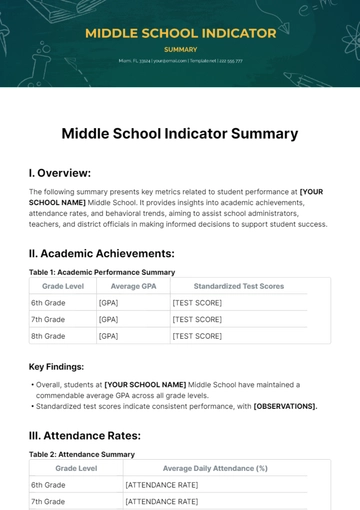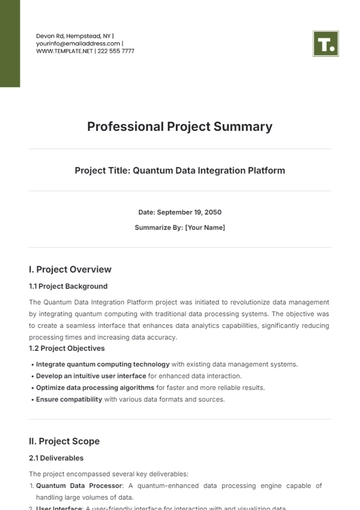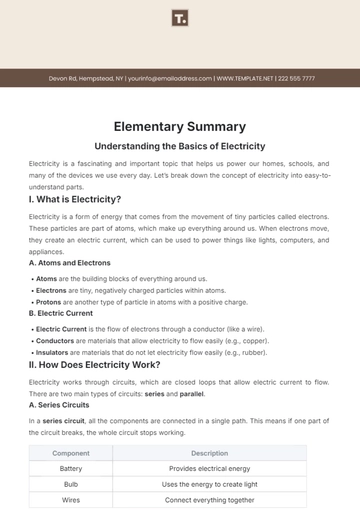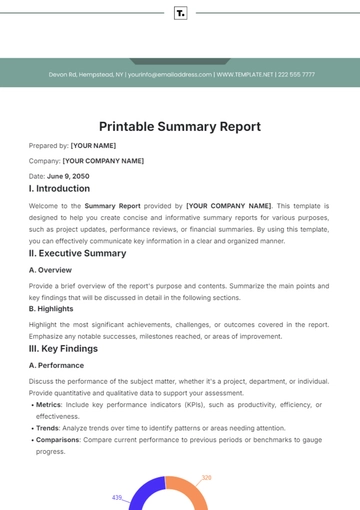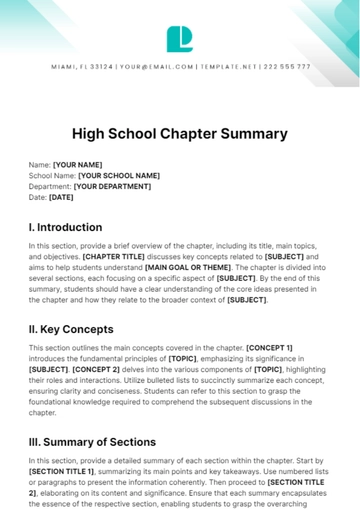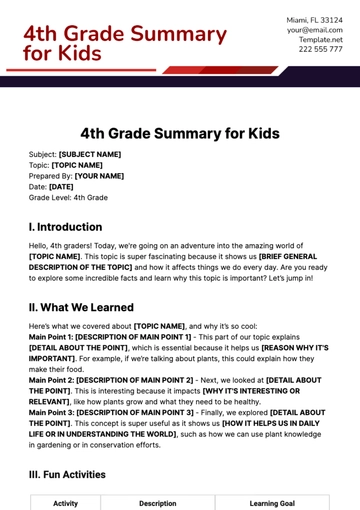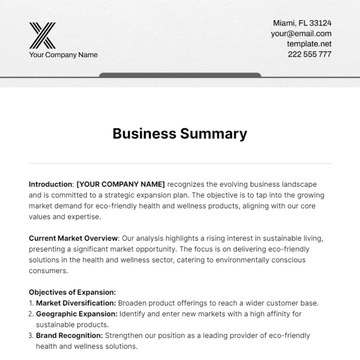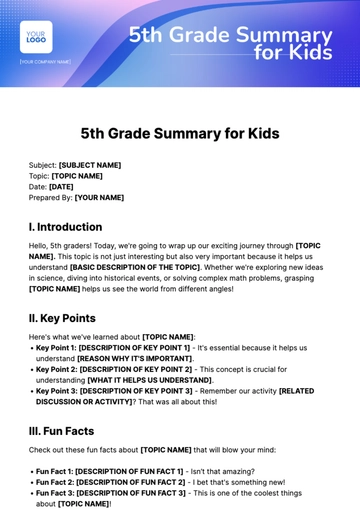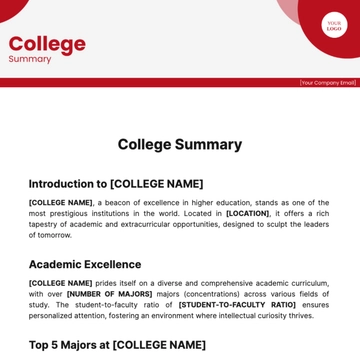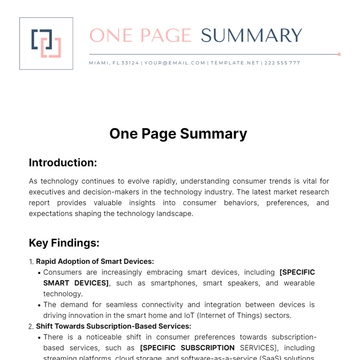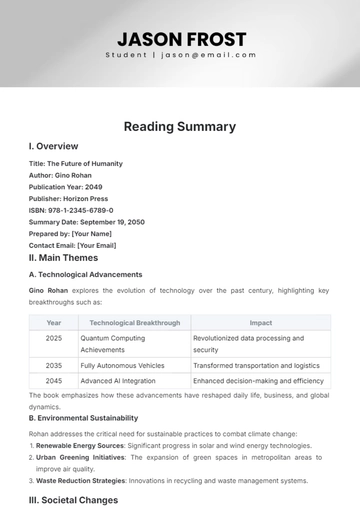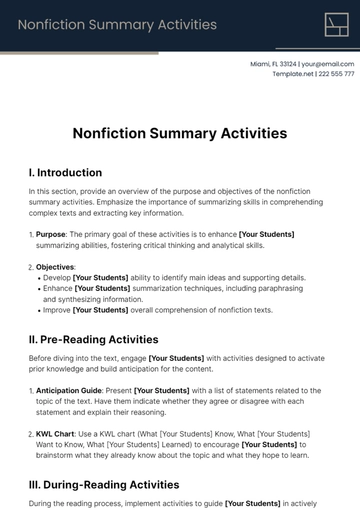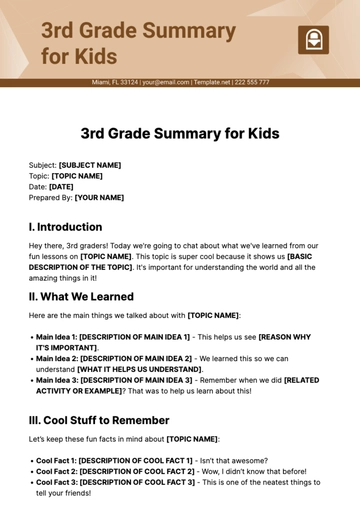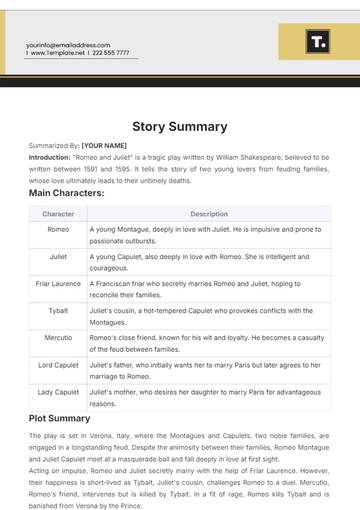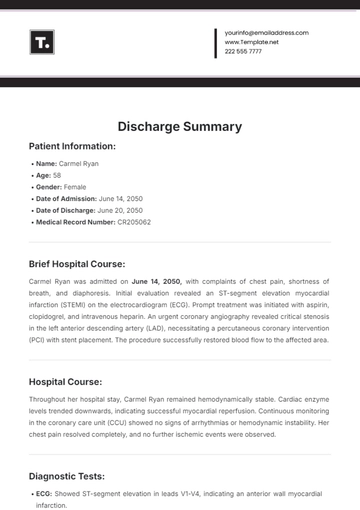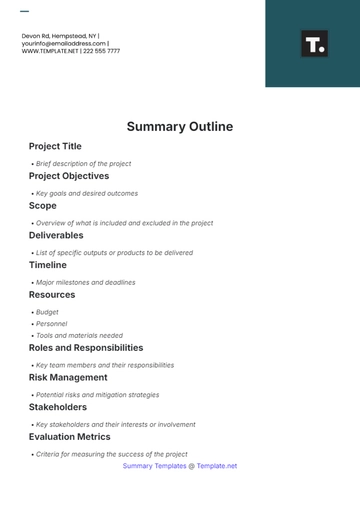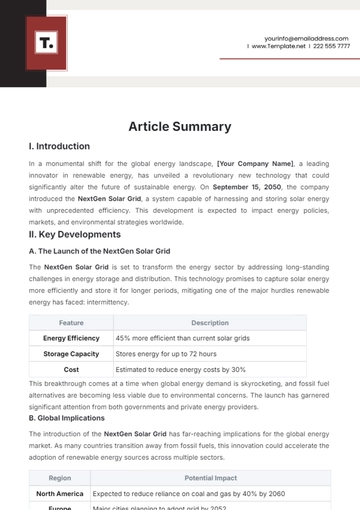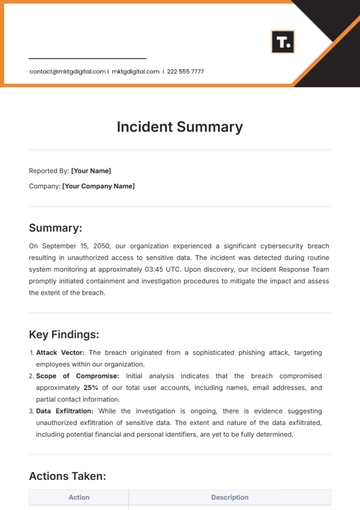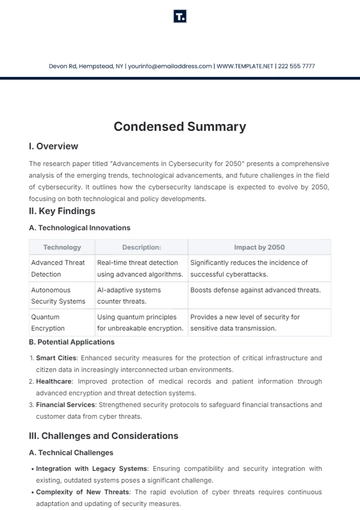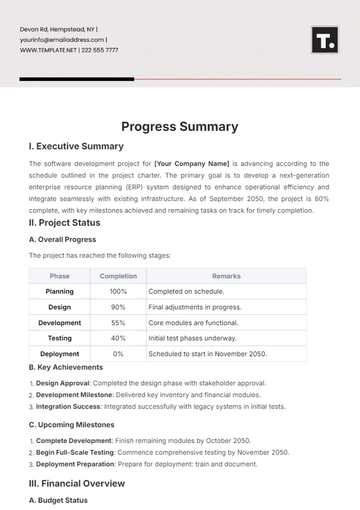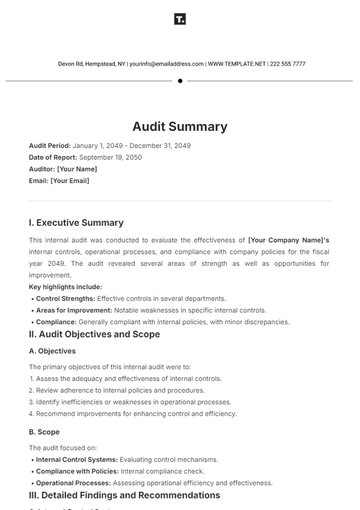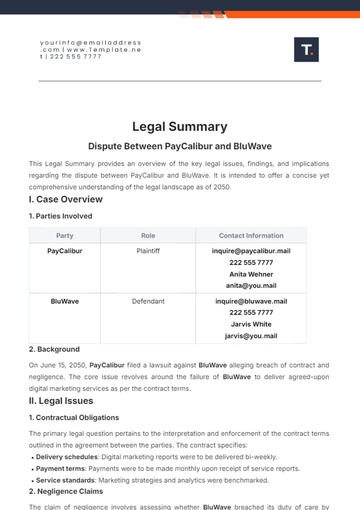Critical Information Summary
Overview
This document provides an essential overview of the most recent advancements in renewable energy technologies, tailored for [CONSUMER NAME], [PROFESSIONAL NAME], and [STUDENT NAME]. It outlines significant innovations, their potential impacts on the energy sector, and practical considerations for implementation.
Renewable Energy Technology Developments
Technology | Key Advancements | Benefits | Limitations |
Solar Power | Enhanced efficiency of photovoltaic cells | Increased energy conversion rates | High initial costs Dependency on climatic conditions |
| Introduction of transparent solar panels | Aesthetic integration into buildings and urban structures | |
Wind Energy | Development of larger turbine designs | Higher energy output | Potential for noise and visual impact Spatial requirements |
| Expansion of offshore wind farms | Utilization of superior wind speeds in offshore environments | |
Hydroelectric Power | Innovation in mini hydro turbines | Applicability to smaller water bodies | Ecological impacts on aquatic ecosystems Infrastructure development costs |
| Improved techniques for grid integration | Enhanced adaptability to energy demand fluctuations | |
Geothermal Energy | Advanced deep-drilling techniques | Access to new geothermal resources | Geographical restrictions Elevated exploration and development expenses |
| More efficient heat extraction methods | Consistent and reliable energy production | |
Biomass | Breakthroughs in biofuel technologies | Significant waste reduction | Possible conflict with agricultural production Variable efficiency and operational costs |
Selecting Suitable Renewable Energy Technology:
The choice of renewable energy technology for [CONSUMER NAME], [PROFESSIONAL NAME], or [STUDENT NAME] hinges on various factors, including geographic location, resource availability, environmental considerations, and specific energy requirements. For example, geographically sunny areas might benefit more from solar power advancements, whereas regions with geothermal activity could find geothermal energy more applicable.
Conclusion
The ongoing innovations in renewable energy technologies hold great promise for addressing the pressing challenges of energy sustainability and environmental conservation. Although each technology presents unique advantages and limitations, continuous research and development efforts are poised to reduce these barriers, enhancing their feasibility and effectiveness.
This summary is designed to provide [CONSUMER NAME], [PROFESSIONAL NAME], and [STUDENT NAME] with critical insights into the current landscape of renewable energy technologies, empowering them to make informed decisions and participate actively in discussions related to the future of energy.
Summarized By: [YOUR NAME]
Summary Templates @ Template.net

